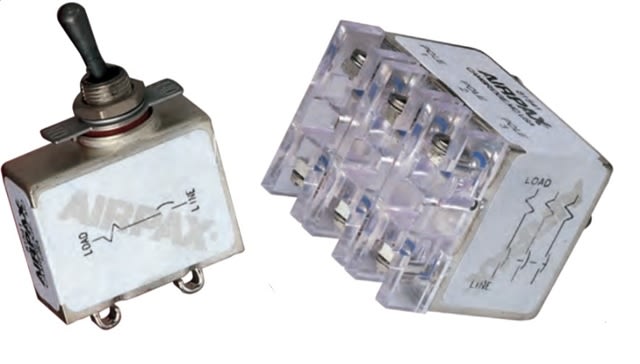Ussuri
Civil/Environmental
- May 7, 2004
- 1,582
I am looking at situation where we have some lengths of Unistrut being used for supporting light loads associated with some subsea controls. In some instances the Unistrut will be biaxially loaded with a UDL (0.13kN/m about minor axis and 0.82kN/m about the major axis) so instead of using their published loading tables I have just taken their section properties and intended to do some checks myself. The purpose of the exercise is to identify a limiting span.
The Unistrut is P1000 profile so is basically a 41mm x 41mm x 2.5mm thick channel with the toes of the channel flange turned back into a return.
I was looking at the section classification for the channel flange (Table B4.1b) and with a b/t = 16.4 the flange is classed as Non Compact. Which as far as I can see rules it outwith the scope of all the provisions of AISC Section F. I assume this is because all the standard US structural sections have Compact flanges.
Now the return at the end of the toe will provide a stiffening effect, so the straight b/t seems conservative and I wondered if h/t provisions (3.76 (E/Fy)^0.5) might be applicable. However, I couldn't find any guidance into how stiff a return needs to be before it would be considered effective?
Alternatively, are there provisions in the specification that I missed that relate to channels with a Non Compact (or Slender) flange?
The Unistrut is P1000 profile so is basically a 41mm x 41mm x 2.5mm thick channel with the toes of the channel flange turned back into a return.
I was looking at the section classification for the channel flange (Table B4.1b) and with a b/t = 16.4 the flange is classed as Non Compact. Which as far as I can see rules it outwith the scope of all the provisions of AISC Section F. I assume this is because all the standard US structural sections have Compact flanges.
Now the return at the end of the toe will provide a stiffening effect, so the straight b/t seems conservative and I wondered if h/t provisions (3.76 (E/Fy)^0.5) might be applicable. However, I couldn't find any guidance into how stiff a return needs to be before it would be considered effective?
Alternatively, are there provisions in the specification that I missed that relate to channels with a Non Compact (or Slender) flange?




